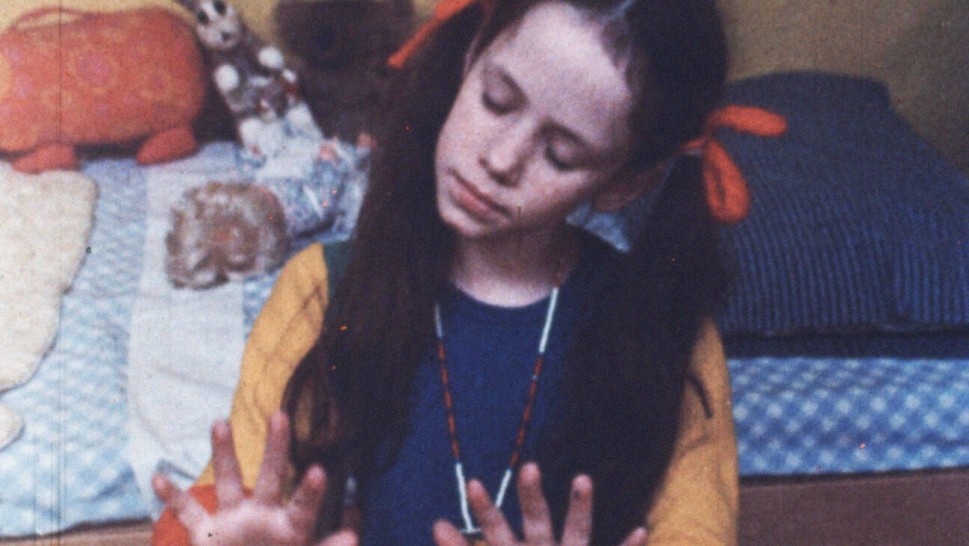
Learning to Be Human. The Open-Ended Educational Film
The late 60s and early 70s were not only a remarkably naturalistic period for feature films and documentaries; the low-budget, less-linear, often dark realism of New Hollywood, cinema verité and the avant-garde also worked its way into the rarefied theater of the classroom. Coinciding with progressive developments in education and psychology, adolescent educational films of the social guidance variety were no longer solely comprised of stagey set-ups with clear, moralistic directives. In the era of feminism, civil rights and the anti-war movement, educational films were also breaking away from the patriarchal narrative with ambiguous, irresolute plots featuring discontented children with complex emotions and contradictory behaviors. This nondidactic openness was meant to spark thought, discussion and presumably, in many cases, intense feelings among captive, impressionable audiences.
With funny, half-improvised scenes that alternate between children just being children and children acting like they think children would, the realistic quandaries of The Bike and Lost Puppy are the gentler entries here, compared to emotional bombshells like The Boy Who Liked Deer, one of two educational films directed by Barbara Loden years after her brilliant—and only—feature Wanda (1970). The Boy’s counterpoint of tenderness versus mischief is shockingly ambushed by an anguished ending that probably scarred many an unsuspecting youth (though the rebellious film also makes a point that Jason is indifferent to his teacher’s showing the mind-blowing classroom staple An Occurrence at Owl Creek Bridge [1962]). Featuring a different kind of shock value, the deceptively low-key, psychological puzzle piece Walk Away in the Rain revels in its enigmaticness. Both its surprisingly succinct argument pro non-achievement and the sung refrain of the title will stay with you long after class is over. Equally haunting is the dark, experimental Silent Snow, Secret Snow—based on Conrad Aiken’s short story. The film enters into astonishingly expressionistic, poetic territory in its dreamy, slightly horrific navigation of a boy’s complex inner world. Finally, the most fun and perhaps most loaded, The Fur Coat Club, playfully depicts the exciting, creative (and latent sexual) side of children’s naughtiness and would never be screened in classrooms today.
Less infamous than the gore and emotional manipulation of driver’s ed films and less campy than dated mid-century lessons on topics like hygiene or manners, these films are tucked away in their own strange section of our cinematic library and also, perhaps, in the deeper chambers of many adults’ psyches. The faded and scratched marvels of this program are just a few examples of what remains one of cinema’s curious, earnest and uniquely beautiful phenomena. – Brittany Gravely
PROGRAM




